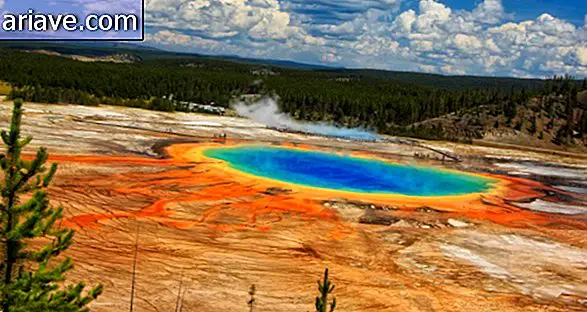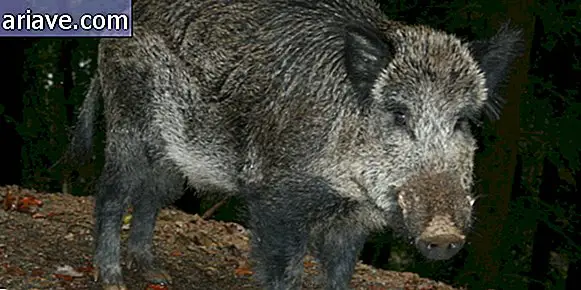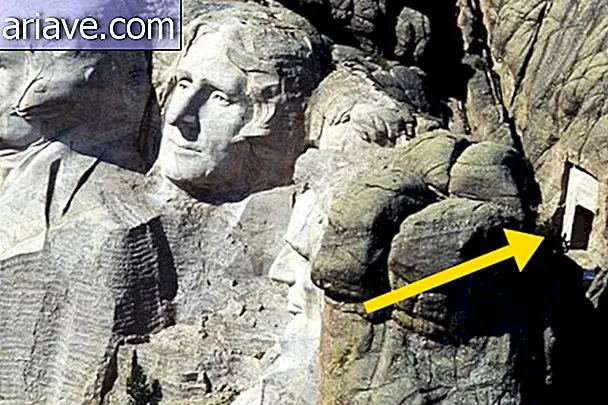Astronomers discover Earth's new quasi-satellite
You may have heard that Earth has a second moon - 3753 Cruithne - right? We here at Mega Curioso publish a story denying this story, explaining that, in fact, this body - a 5-kilometer diameter asteroid that orbits the sun and crosses our planet's orbit - is classified as a “quasi-satellite”. ”Because it does not orbit around the Earth and therefore does not configure itself as our natural satellite.
And didn't they discover one more of these stars circling our orbit? According to Ellie Zolfagharifard of the Daily Mail, astronomer Farid Char - of the University of Antofagasta, Chile - accidentally discovered in July this year an asteroid that has apparently been traveling near our planet for about 775 years and will continue to appear to us. keep company for the next 165.
Quasi satellite

Named 2014 OL339, this celestial body is approximately 150 meters in diameter and has an elliptical orbit. Scientists have estimated that it takes 364.92 days to go full circle around the Sun, indicating that there is orbital resonance between this asteroid and Earth. This means that because of the proximity between these two stars and the similarity of their orbits, they exert gravitational influence on each other.
However, even though the asteroid travels around the Sun in an Earth-like orbit, the gravitational field of our planet causes the 2014 OL339 to oscillate eccentrically. According to Rebecca Boyle of the New Scientist website, looking at the star, we get the impression that the asteroid is traveling around the earth, moving backwards with respect to the stars.
Entourage

According to Rebecca, in addition to the 2014 OL339 and 3753 Cruithne, our planet has two more known quasi satellites, not to mention other companions, such as Trojans and Miniluas. As he explained, stars traveling near Lagrange Points - where they exert or are gravitationally influenced by Earth or the accompanying planets - are known as Trojans.
Miniluas are asteroids only a few meters in size that are attracted by the Earth's gravitational field and orbit our planet for a few months - or even a year - before going their own ways. In fact, most planets have a "party" of stars, and ours may have others that have not yet been discovered.











